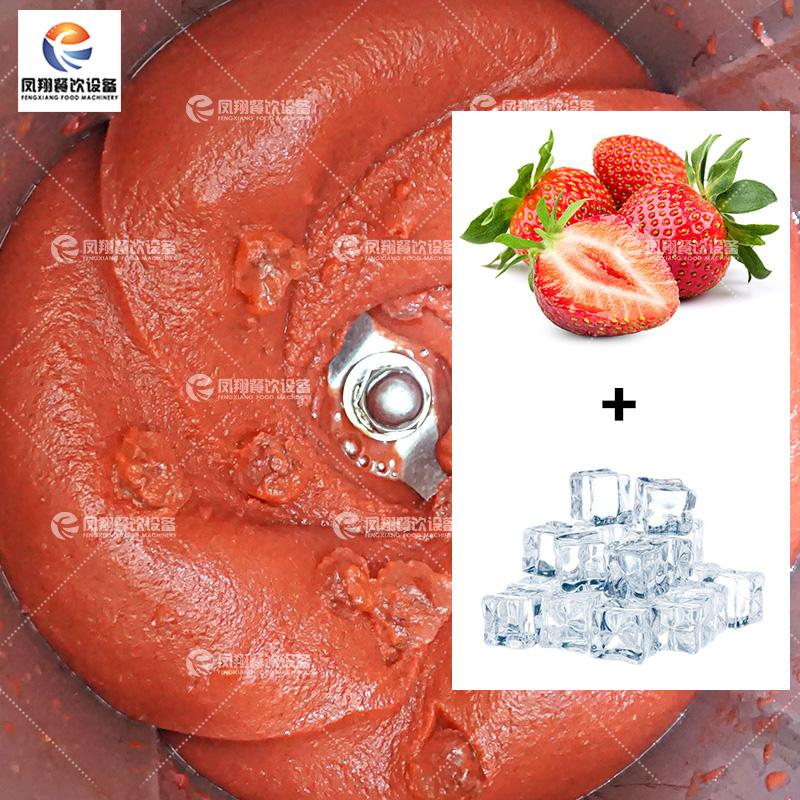The sand is as fine as silk, and the juice is clear and without residue - your all-round processing
Crushed ice in smoothies often hides annoying ice chips, while stubborn fibers in ginger juice affect the taste, and unground particles are mixed in chili powder... During the cleaning process, stubborn residues in the gaps quietly consume time.
The crushing juicer launched by our company has the ability to handle complex ingredients. It can meet your needs!
Rough ice cubes are combined with fruits to become dense smoothies, and coarse ginger is instantly transformed into flowing juice, while dried chilies and peppercorns can also be ground into uniform and fine powder. From making smoothies to fruit and vegetable juices, from stirring condiments to mixing liquids, it can always find a suitable method for processing different ingredients.
Those corner stains and residues in the gaps that once gave you a headache can now be restored to a bright and clean state with a simple rinse.
For the processing needs of ingredients of different scales, we provide a variety of equipment such as 14L, 30L, 45L, 90L and 120L. Compact models can be integrated into canteens and hotel kitchens, while large models are suitable for food factory production lines to efficiently process large quantities of fresh fruits, vegetables and seasonings.
Every decision in the food processing process is related to the development and competitiveness of the brand. Instead of dealing with fault repairs and food waste, it is better to choose precision design to safely support your expectations - after all, truly excellent equipment will naturally speak for you.
The crushing juicer launched by our company has the ability to handle complex ingredients. It can meet your needs!
Rough ice cubes are combined with fruits to become dense smoothies, and coarse ginger is instantly transformed into flowing juice, while dried chilies and peppercorns can also be ground into uniform and fine powder. From making smoothies to fruit and vegetable juices, from stirring condiments to mixing liquids, it can always find a suitable method for processing different ingredients.
Those corner stains and residues in the gaps that once gave you a headache can now be restored to a bright and clean state with a simple rinse.
For the processing needs of ingredients of different scales, we provide a variety of equipment such as 14L, 30L, 45L, 90L and 120L. Compact models can be integrated into canteens and hotel kitchens, while large models are suitable for food factory production lines to efficiently process large quantities of fresh fruits, vegetables and seasonings.
Every decision in the food processing process is related to the development and competitiveness of the brand. Instead of dealing with fault repairs and food waste, it is better to choose precision design to safely support your expectations - after all, truly excellent equipment will naturally speak for you.
